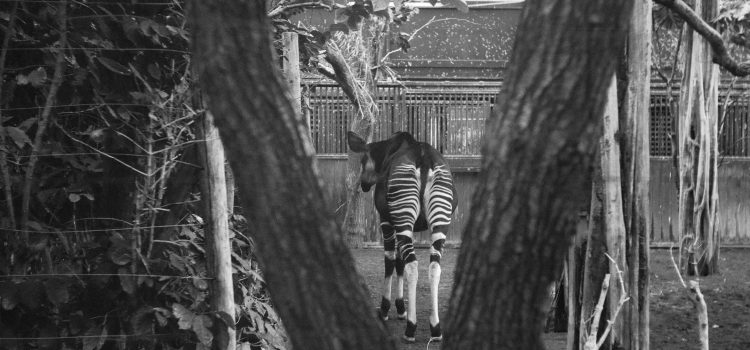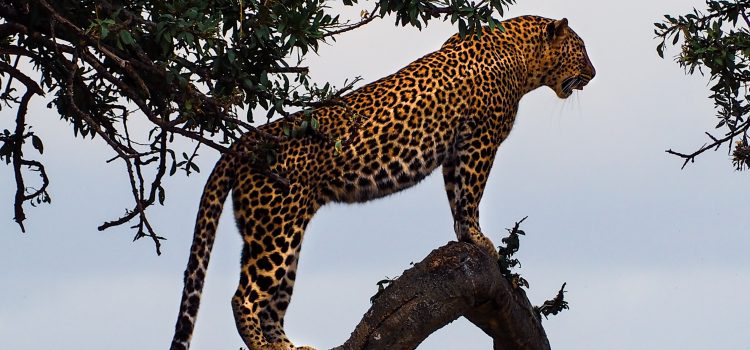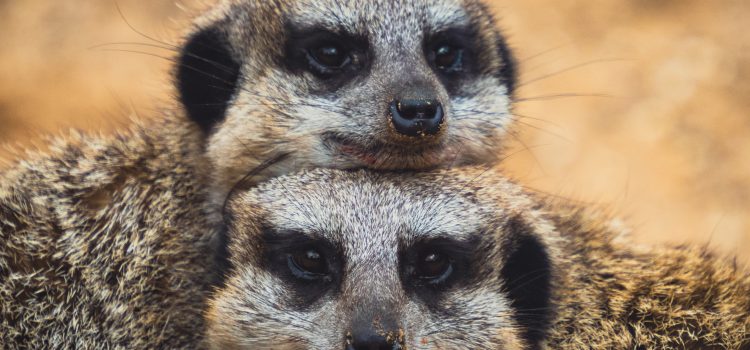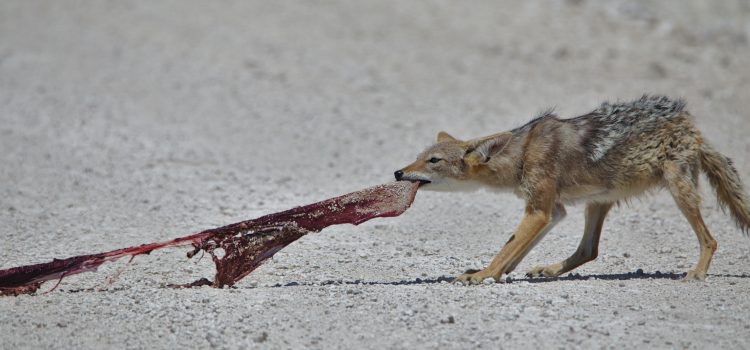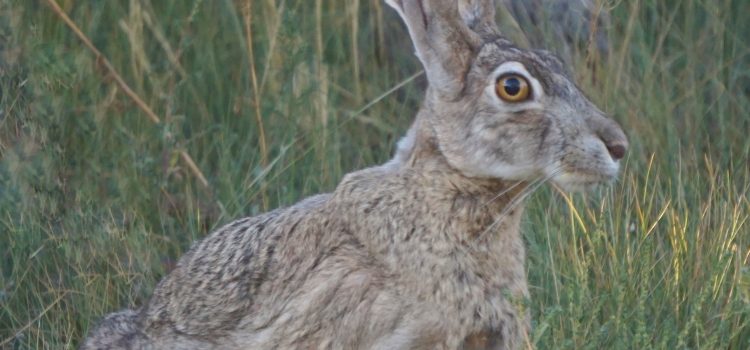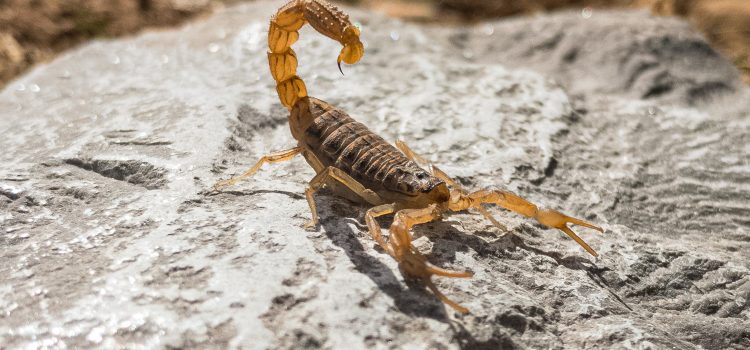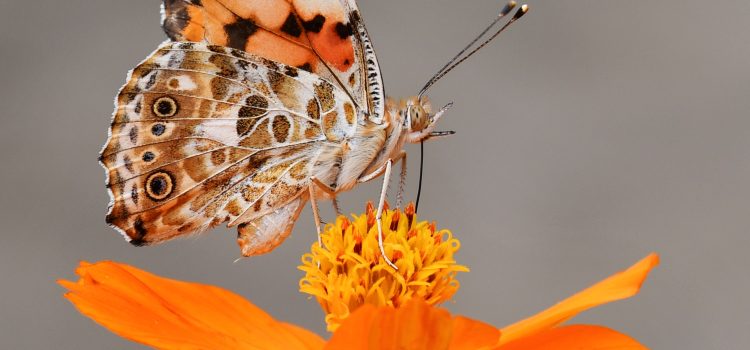
Pangolins are fascinating creatures that have been around for millions of years, yet there is still so much we don’t know about them. They are the only mammal in the world covered in scales, and are known for their elusive nature and unique behavior. Scientists have been studying pangolins for years, and are slowly uncovering some of the mysteries surrounding their behavior and physiology. In this article, we will explore some of the latest findings in the world of pangolin research.
One of the most interesting aspects of pangolin behavior is their ability to roll up into a tight ball when they feel threatened. This behavior is known as “voluntary constriction,” and is made possible by the unique structure of their scales. Pangolin scales are made of keratin, the same material as human hair and nails, and are incredibly tough and durable. When a pangolin rolls up into a ball, its scales interlock to create a tight, impenetrable shield that protects them from predators. However, this behavior is not foolproof, and pangolins are still vulnerable to human activity, such as poaching and habitat destruction.
Another interesting aspect of pangolin behavior is their feeding habits. Pangolins are insectivores, and primarily eat ants and termites. They use their long, sticky tongues to capture insects, and can consume up to 70 million ants per year. However, their diet can also put them at risk of exposure to harmful pesticides and other toxins used in agriculture. Researchers are currently studying the effects of these toxins on pangolin populations, and are working to develop strategies to protect them.
In terms of physiology, pangolins have several unique adaptations that allow them to survive in their environment. One of the most remarkable is their ability to use their tails as a fifth limb. Pangolin tails are prehensile, meaning they can grasp objects and support the animal’s weight. This allows pangolins to climb trees and navigate their environment with ease. They also have powerful claws that are specially adapted for digging, which they use to excavate termite mounds and ant nests.
Despite their incredible adaptations, pangolins are facing significant threats from human activity. They are the most trafficked mammal in the world, prized for their meat and scales in traditional medicine and as a luxury food item. In addition, habitat loss due to deforestation and agricultural expansion is also a major threat to pangolin populations. Conservation efforts are underway to protect pangolins and their habitat, but more research is needed to fully understand their behavior and physiology and develop effective conservation strategies.
In conclusion, pangolins are remarkable creatures with many fascinating behaviors and adaptations. While there is still much to learn about them, scientists are making progress in uncovering the mysteries of their behavior and physiology. However, the threats facing pangolin populations are very real, and urgent action is needed to protect them and their habitat. By working together, we can help ensure a future for these amazing animals.









